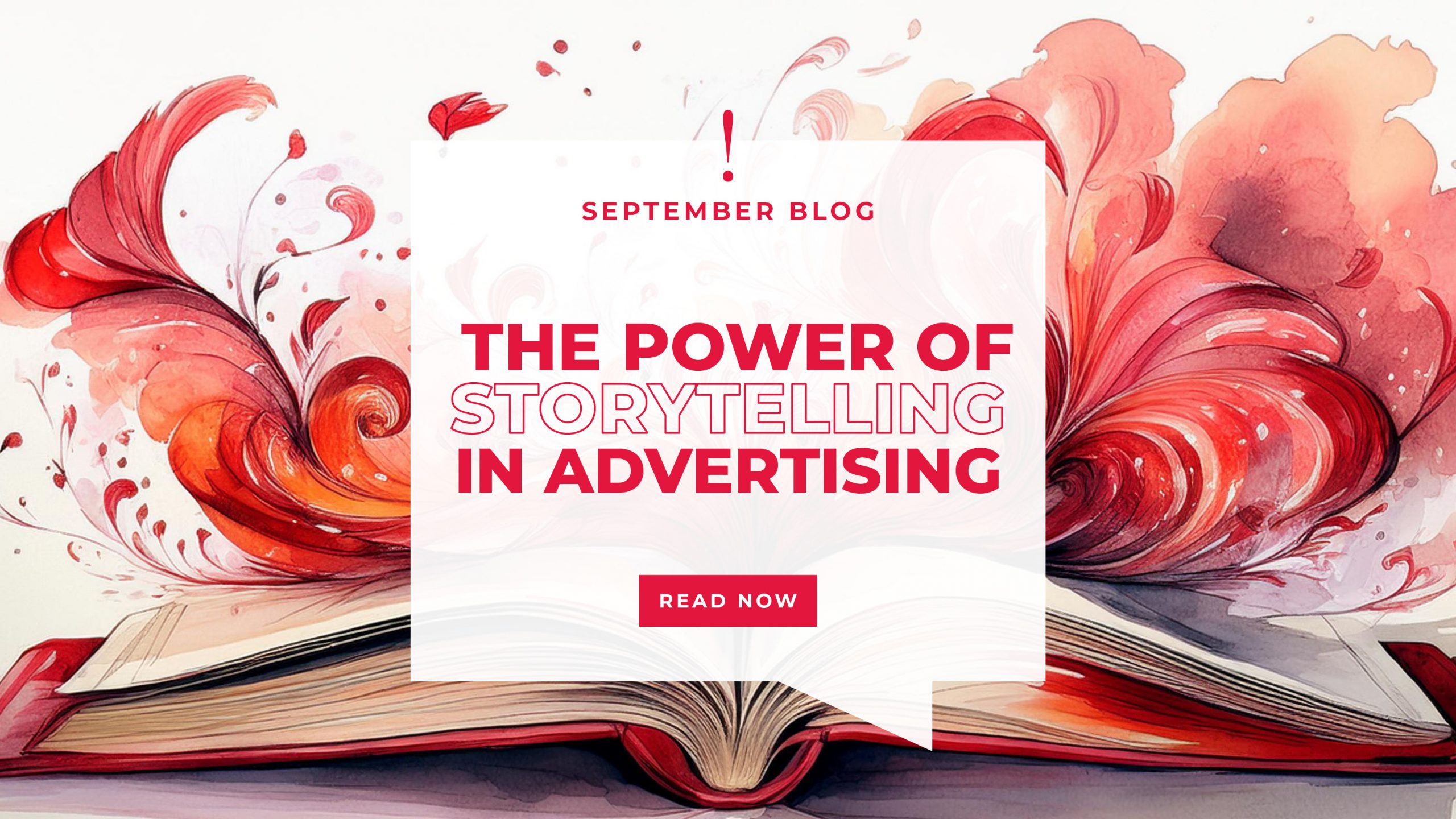The Power of Storytelling in Advertising Campaigns
Posted on |

In today’s fast-paced digital world, where people are bombarded with thousands of ads daily, the challenge for brands is to break through the noise and capture their attention. One of the most effective ways to achieve this is through storytelling. The power of storytelling in advertising lies in its ability to connect emotionally with the audience, making a brand memorable and building loyalty. In this blog, we’ll explore why storytelling is a crucial element in modern advertising and highlight successful campaigns that leveraged it to great effect.
Why Storytelling Works in Advertising
Storytelling resonates because it taps into universal human experiences. Unlike traditional ads that focus on features or benefits, a story creates an emotional connection, helping the audience relate to the message on a deeper level. When done effectively, storytelling can:
Create Emotional Engagement
A well-told story can evoke emotions like joy, nostalgia, empathy, or hope, which makes the message more impactful and memorable.
Humanise the Brand
Storytelling gives brands a personality, transforming them from faceless businesses into relatable entities that share values and experiences with their audience.
Encourage Action
Stories are motivating. They inspire people to act, whether it’s purchasing a product, sharing content, or advocating for a cause.
Build Trust and Loyalty
By telling stories that align with their audience’s values, brands can foster trust and create long-lasting relationships.
Campaigns Where Storytelling Made a Difference
Nike – “Dream Crazy”
Nike’s 2018 “Dream Crazy” campaign, featuring Colin Kaepernick, is a powerful example of storytelling with purpose. The ad goes beyond promoting products and taps into a broader narrative of social justice and courage. By aligning itself with a cause its audience cares about, Nike told a story of standing for something greater than sports, which resonated deeply with millions. The campaign sparked conversation worldwide and significantly boosted Nike’s brand recognition and loyalty.
Dove – “Real Beauty”
Dove’s “Real Beauty” campaign is another shining example of how storytelling can redefine a brand. Instead of focusing on the features of its products, Dove told a story about self-esteem, body image, and redefining beauty standards. This shift in messaging humanised the brand and made it relatable to a broad audience. The campaign has been running successfully for over a decade, proving the lasting power of a strong, values-based narrative.
Google – “Parisian Love”
Google’s “Parisian Love” ad from 2009 is a prime example of how even a tech company can use storytelling to make an emotional connection. The ad tells the story of a long-distance romance, entirely through Google search queries. It’s simple yet powerful, showing how Google is woven into the fabric of everyday life. The emotional appeal of the story made it one of the most memorable Super Bowl ads that year.
Airbnb – “We Are Here”
Airbnb’s storytelling approach in the “We Are Here” campaign highlighted unique travel experiences offered by its hosts. Through the personal stories of both hosts and guests, Airbnb demonstrated its core value of belonging and connection. The campaign didn’t just sell places to stay; it sold the emotional experience of travel, creating a strong connection between the brand and its users.
How to Incorporate Storytelling into Your Advertising
Know Your Audience: Effective storytelling starts with understanding your audience’s values, emotions, and aspirations. What challenges do they face, and how can your brand help?
Be Authentic: Consumers can tell when a brand is being disingenuous. Authenticity in your storytelling helps build trust and credibility.
Focus on Emotions, Not Just Facts: While product features are important, they shouldn’t be the main focus. Instead, centre your ad around the emotional impact of your product or service.
Keep it Simple: The most effective stories are often the simplest. Don’t overcomplicate the narrative—focus on a clear, concise message.
Use Visuals: Pair your story with compelling visuals that enhance the emotional tone and help your audience immerse themselves in the narrative.
Storytelling is an invaluable tool in modern advertising. It allows brands to connect with their audience on an emotional level, making them more memorable and trustworthy. Campaigns like Nike’s “Dream Crazy” or Dove’s “Real Beauty” show how storytelling can move beyond promoting a product and create lasting connections with consumers. For businesses looking to elevate their marketing efforts, weaving compelling stories into advertising campaigns is key to standing out in a crowded market.
At dtb! Advertising, we understand the power of storytelling and can help you craft campaigns that resonate with your audience and achieve real results.
If you’d like to tell your personal brand story contact us today!

Leave a Reply